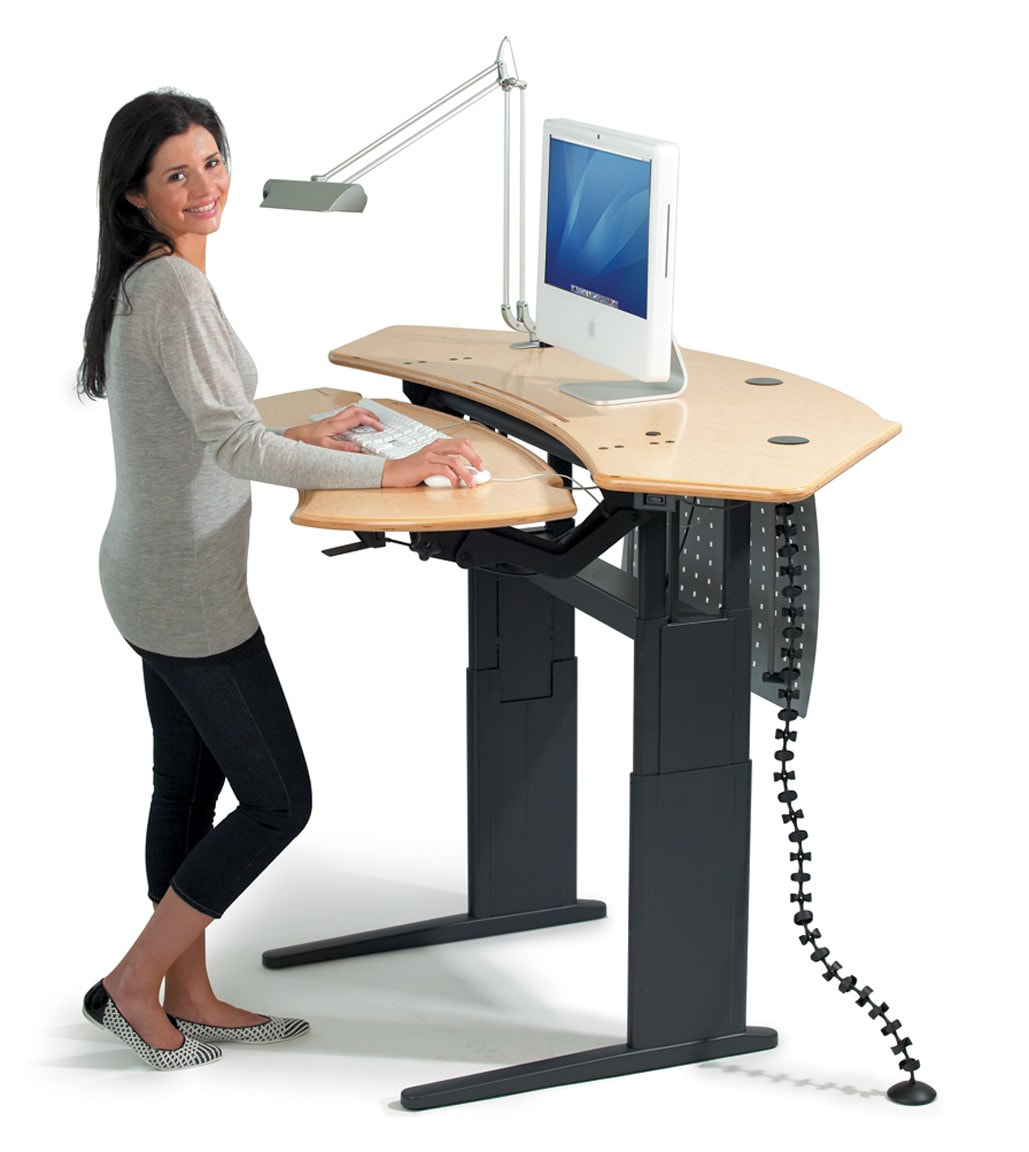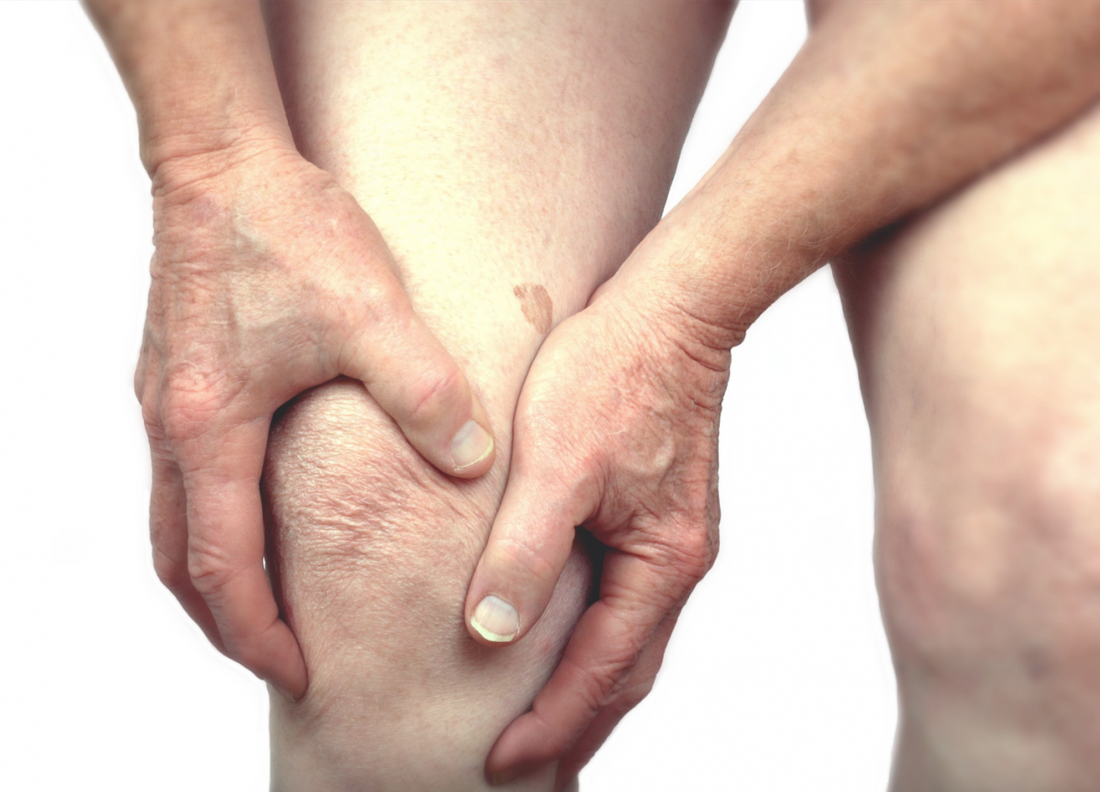Title - Drinking Baking Soda could be an inexpensive, safe way to combat autoimmune disease.
( April 25, 2018 , Medical College of Georgia at Augusta University)
A daily dose of baking soda may help reduce the destructive inflammation of autoimmune diseases like rheumatoid arthritis, scientists say.
This cheap, over-the-counter antacid can encourage our spleen to promote instead an anti-inflammatory environment that could be therapeutic in the face of inflammatory disease, Medical College of Georgia scientists report in the Journal of Immunology.
The study shows that when rats or healthy people drink a solution of baking soda (sodium bicarbonate) it becomes a trigger for the stomach to make more acid to digest the next meal and for little-studied mesothelial cells sitting on the spleen to tell the organ that there's no need to mount a protective immune response.
Full report here:
https://m.medicalxpress.com/news/2018-04-soda-inexpensive-safe-combat-autoimmune.html






 RSS Feed
RSS Feed